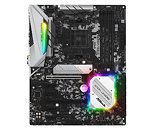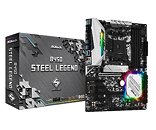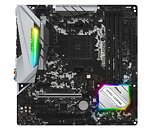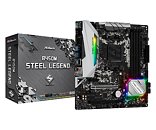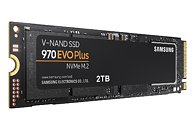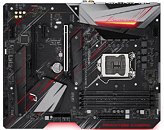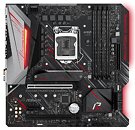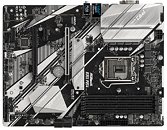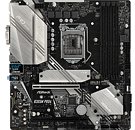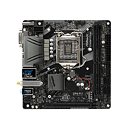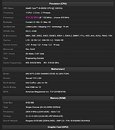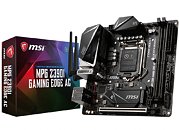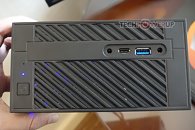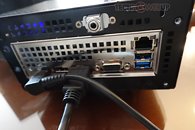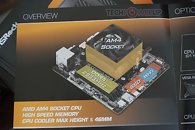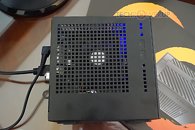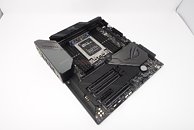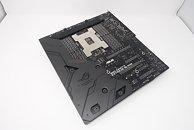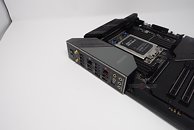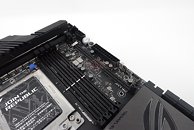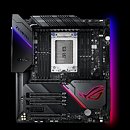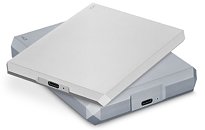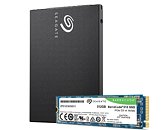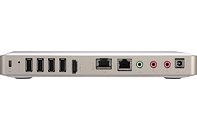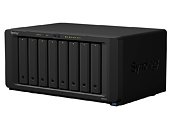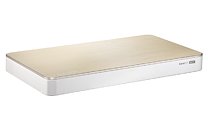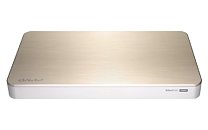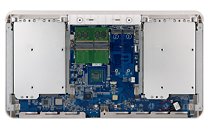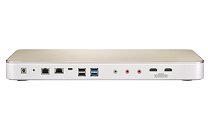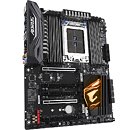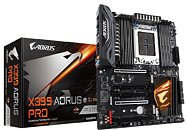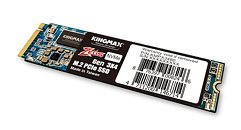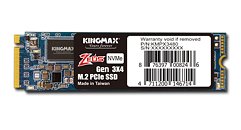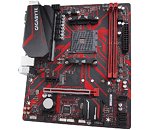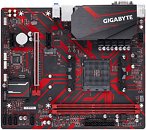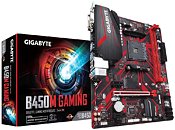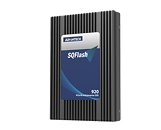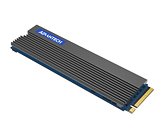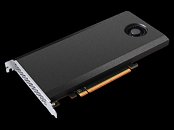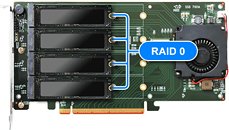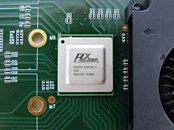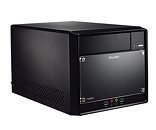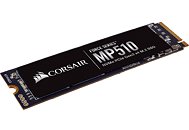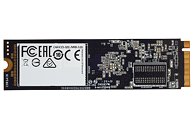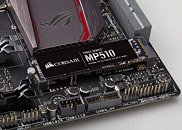
ASRock Announces Steel Legend Family of Motherboards
The leading global motherboard manufacturer, ASRock, is proud to introduce the new ASRock Steel Legend motherboard series. ASRock Steel Legend motherboards are built around the most demanding specs and features to provide a wide array of materials, components, and features that ensure stable and reliable performance. Steel Legend motherboards stand out from the crowd through its massive and luscious XXL Aluminum Alloy Heatsinks, I/O Armor, PCI-E Steel Slot, Polychrome Sync (Addressable RGB LED) support, and detailed PCB print on Sapphire Black PCB for mainstream users, gamers, and professionals that choose to work and play in style. With support for the latest AMD Ryzen processors, as well as high-quality audio featuring the highest quality Nichicon golden audio caps and signal shielding integrated into the PCB.
ASRock has gone to great lengths to ensure optimum stability and protection. With ASRock Full Spike Protection on all USB, Audio and LAN ports, users are always protected from Lightning/ESD damage, which is a comforting thought when using Steel Legend motherboards in challenging environments. Use of Premium 60A Power Chokes and Nichicon 12K Black Caps means not only that the B450 Steel Legend and B450M Steel Legend will remain rock solid no matter the task, but it also keeps your system stable when overclocking, for extra performance, whether you're gaming or rendering professional content.
ASRock has gone to great lengths to ensure optimum stability and protection. With ASRock Full Spike Protection on all USB, Audio and LAN ports, users are always protected from Lightning/ESD damage, which is a comforting thought when using Steel Legend motherboards in challenging environments. Use of Premium 60A Power Chokes and Nichicon 12K Black Caps means not only that the B450 Steel Legend and B450M Steel Legend will remain rock solid no matter the task, but it also keeps your system stable when overclocking, for extra performance, whether you're gaming or rendering professional content.

